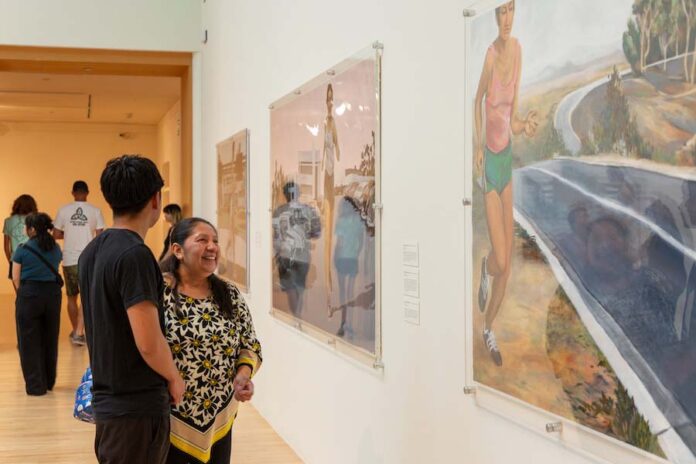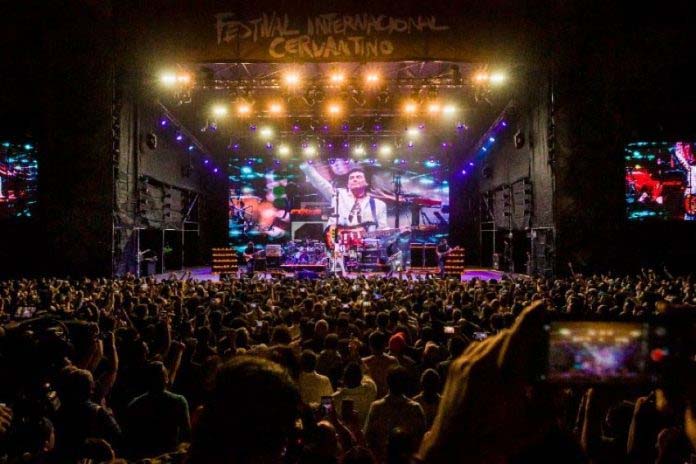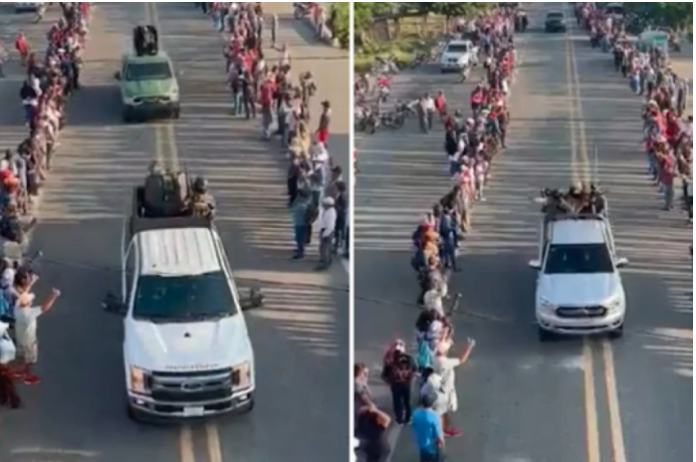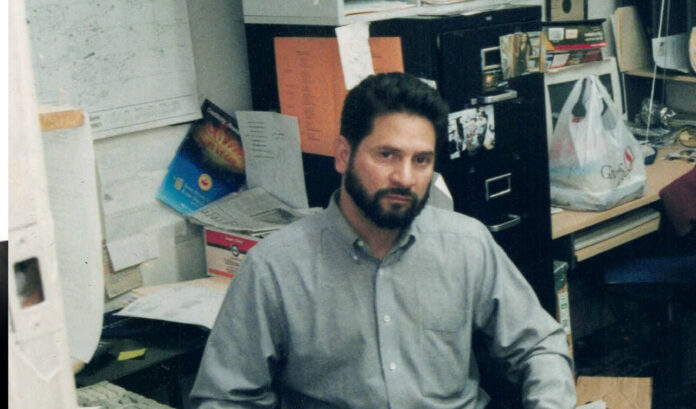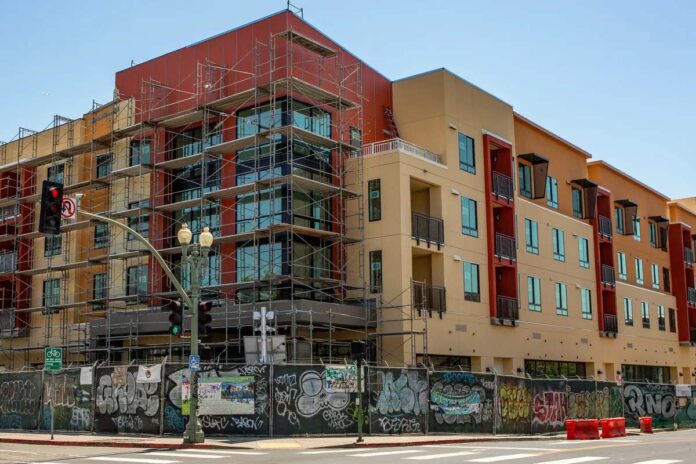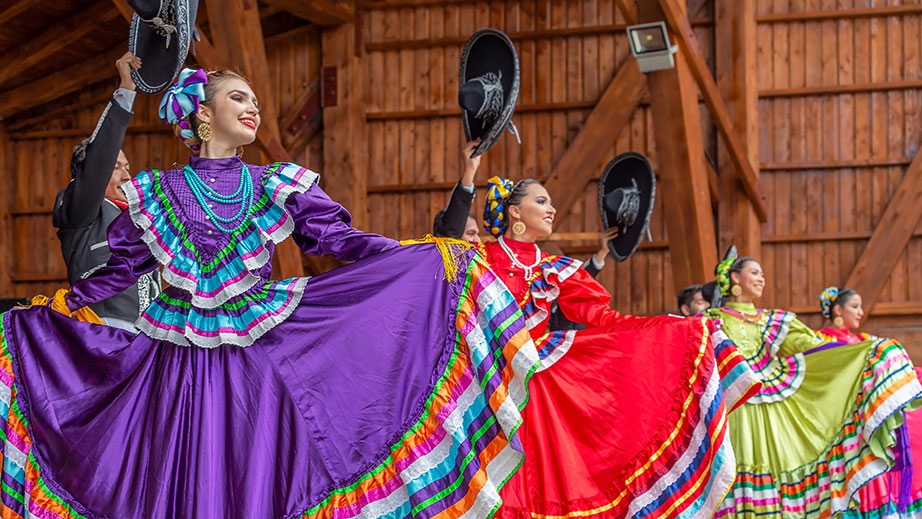by Magdy Zara
Aiming to inspire young scientific minds, Palo Alto Junior Museum & Zoo’s (JMZ) California Dinosaur Garden opens a Dinosaur Exhibit, which will feature life-size dinosaur and animal sculptures, prehistoric plants, and interactive exhibits, including a fossil dig.
This exhibit is approximately 34,000 square feet and offers children hands-on opportunities to learn about science, the environment and the natural world.
The California Dinosaur Garden, located outdoors in JMZ’s Dawn Redwood Courtyard, will offer a glimpse of what life was like during the Cretaceous period, more than 66 million years ago, when many different dinosaurs lived in what is now California. .
John Aikin, director of the Palo Alto Junior Zoo and Museum, mentioned that this exhibition aims to encourage children ages 3 to 11 to increase their knowledge about dinosaurs and the evolution of life over time.
He added that the display will feature seven life-size animal sculptures, ranging in size from a small bird to a 32-foot-long hadrosaur, helping children imagine these animals in an ecosystem.
This exhibit debuts on October 7 with an opening celebration that will include a free tour of the gardens and advance ticket sales for special programming, beginning at 10:30 a.m. to noon, at the Rinconada Cultural Park, the Palo Alto Junior Museum & Zoo.
For more information about the city of Palo Alto and the Dinosaur Garden, visit www.cityofpaloalto.org
Get to know the work of Yolanda López, with a tour in Spanish
The San José Art Theater presents the new exhibition of Yolanda López: Portrait of the Artist, and has scheduled a special day to take a guided tour, for families completely in Spanish.
The invitation is to register to take this free tour in Spanish, which will be led by Studio Arts educator, Ruby Morales, who will guide families to facilitate interpretation activities and a special artistic activity to take home inspired by the exposure.
Artist and activist Yolanda López (1942-2021) created portraits that have become icons of feminist and working class empowerment.
The exhibition will be open until Oct. 29, however, the guided tour in Spanish will be this Saturday, Oct. 7, starting at 11 a.m. At the San José Art Museum located at 110 Calle Mercado Sur, San José.
Chilean Artist José Basso presents: Southern Lights of the World
Within the framework of the festivities for the Independence of Chile, the Chilean artist José Basso opens his exhibition Lights of the South of the World, at the CK Contemporáneo gallery.

José Basso is a Chilean painter, who was born in Viña del Mar, on June 27, 1949. He studied at the School of Fine Arts of Viña del Mar in 1969 and in 1972 at the University of Chile based in Valparaíso where he graduated Professor of Fine Arts with a mention in Painting in 1977. In 1990 he began to paint his first Landscape paintings; In 1993 he was a guest professor at the Faculty of Art of the Pontifical Catholic University to teach the course Meaning in Painting.
Basso gained early recognition for his work and won the Painting Prize at the 1975 International Art Biennale in Valparisio.
José Basso’s landscapes are unique, serene and intense, the artist’s ability to reduce the natural world to its most essential elements, leaving only light, air, space and the few components that remind us of the human presence, is what which allows him to communicate extraordinary complexity.
Luces Del Sur Del Mundo, has its opening on Saturday, Oct. 14 from 5 to 8 p.m., at the headquarters of the CK Contemporáneo gallery, located at 246 Powell Street, San Francisco.
Exhibition of Folklore dresses from Mexico
From Sept. 15 to Oct. 15, within the framework of Hispanic Heritage Month, a Mexican cultural exhibition will be held, which includes folklore dresses from many regions of Mexico.

The Family Place of the Centro Library is the place chosen for families to share and learn more about Mexican culture.
As is well known, Hispanic Heritage Month begins in the middle of the month because Sept. 15 marks the anniversary of the independence of five countries: Costa Rica, Nicaragua, El Salvador, Honduras and Guatemala.
It will be displayed in the Center Library, at 1044, Middlefield Road
Redwood City, until the 15th of this month. The activity is completely free, and is being sponsored by the friends of the Redwood City Public Library.
For more information contact Armando Ramírez through (650)780-7015 Or at aramirez@redwoodcity.org.

